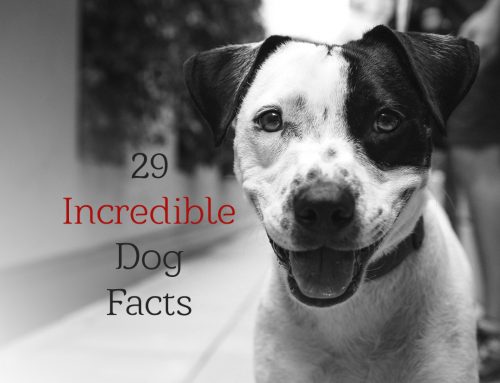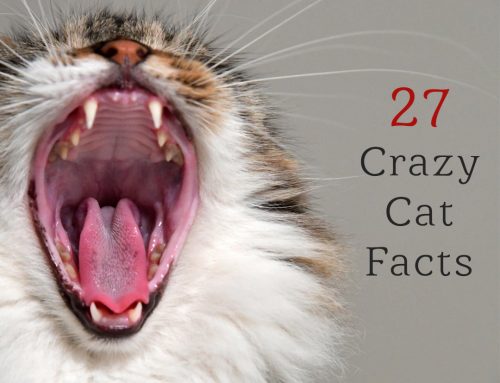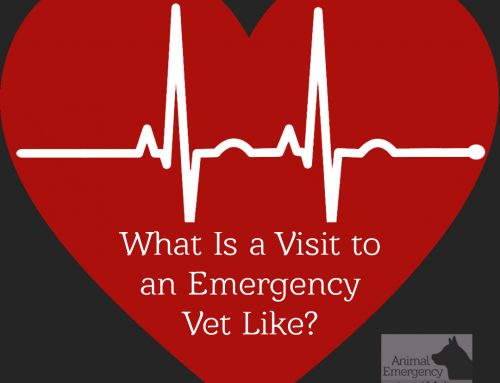Most of us don’t think twice about getting medical insurance for ourselves and our family members. Medical needs are impossible to predict and can sometimes be very expensive, so we do whatever is necessary to have protection against paying large sums out of pocket.
But what about our pets? Just like us, they require medical attention that we can’t always foresee or budget for. And when something happens, the worst possible scenario is that you can’t afford treatment and are forced to consider “economic euthanasia.” That’s a position no loving pet owner ever wants to face.
So, is pet insurance the solution? Read on to get our take.
How Does It Work?
Just as with your own medical insurance, you have a variety of options when choosing the best plan for your pet. For each one you consider, there will be different deductibles, co-pays and premiums. However, a good deal of plans require you to pay the bill upfront and will reimburse you later.
However, there are some like Trupanion which will work directly with your veterinarian to pay the bills immediately. This should be carefully considered before committing to a plan. If you don’t have enough savings to cover costs upfront, then you should make sure the plan you get offers direct, same-day vet payments.
Some insurance companies (Embrace and Healthy Paws, for example) do a flat percentage payout after the deductible has been met. Remember too that some will have yearly ceilings that you can choose while others have no annual limit.
What’s Covered?
When choosing a new policy, it’s critical that you pay attention to the fine print when it comes to what sorts of treatments are covered. You must decide if you want coverage for accidents, illness and routine care like checkups, vaccinations and flea treatment.
Just to give you a rough idea, the average yearly cost of accident and illness coverage is $285 for a cat and $473 for a dog. For routine care, you may want to consider paying out of pocket as these costs usually aren’t very high and don’t warrant additional yearly insurance costs.
Individual Needs
It’s also important to know that the cost depends upon your pet’s age and breed as advanced age and certain breeds often incur much higher vet bills. Most policies don’t include pre-existing conditions though, so it’s better to start a plan when your pet is young and healthy.
The fact remains that it’s next to impossible to predict what your individual pet’s medical needs will be for the future. But you can have a conversation with your veterinarian to get their opinion on what sort of coverage would be best. They may also have an opinion about different companies and policies as they’ve likely dealt with many over the years.
If you have questions about pet insurance, a good first step is to take a look at some sample policies online. Then, see if any of your friends or family has experience with pet insurance. And finally, don’t hesitate to ask your veterinarian for their advice and recommendations.
There is no one right answer when it comes to pet insurance. It all depends on your financial situation and preferences for your furry friend. If you opt not to purchase pet insurance, it’s a good idea to create an emergency savings fund for their medical care. This way, you’ll be ready for the unexpected and won’t be forced to make a tough decision based on cost alone.







